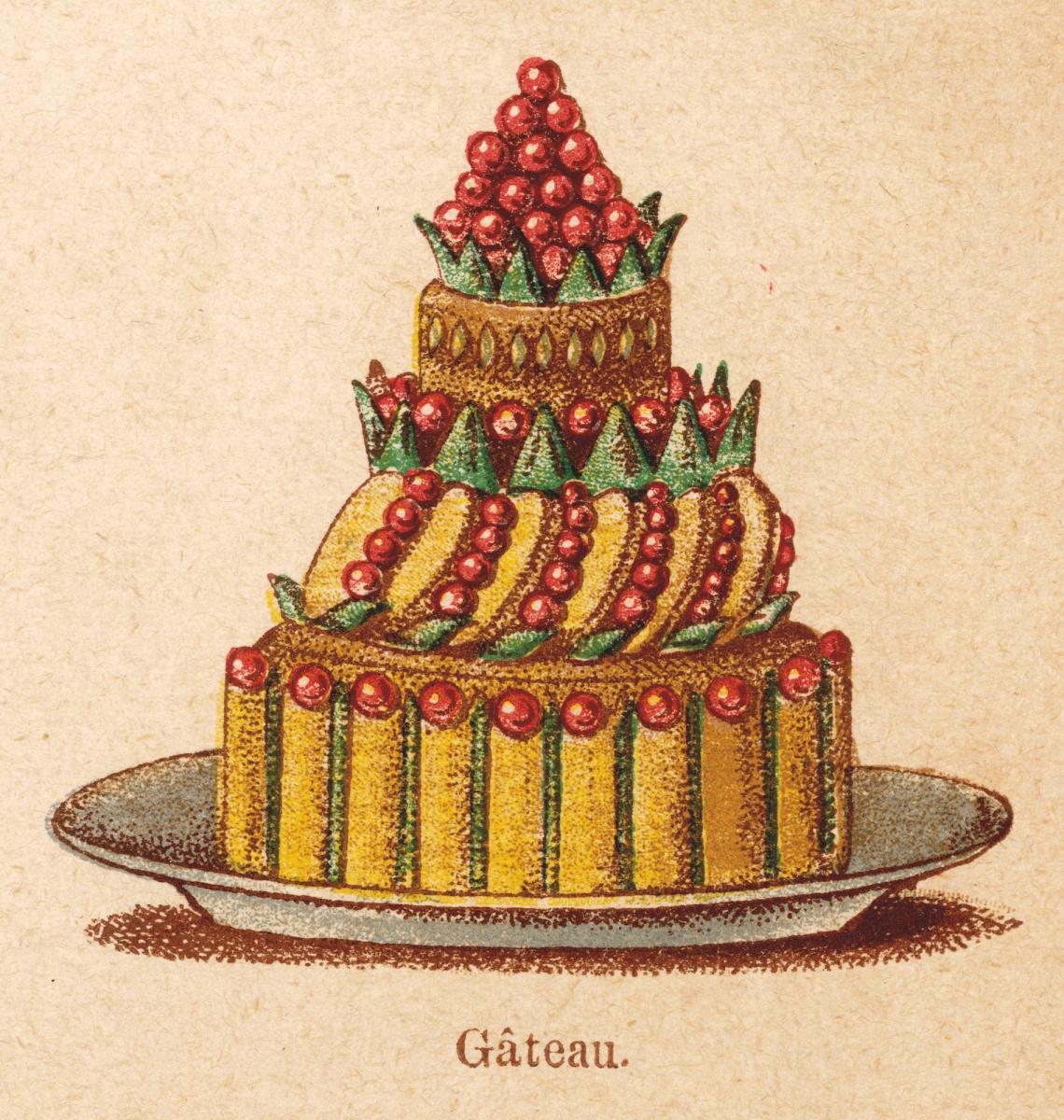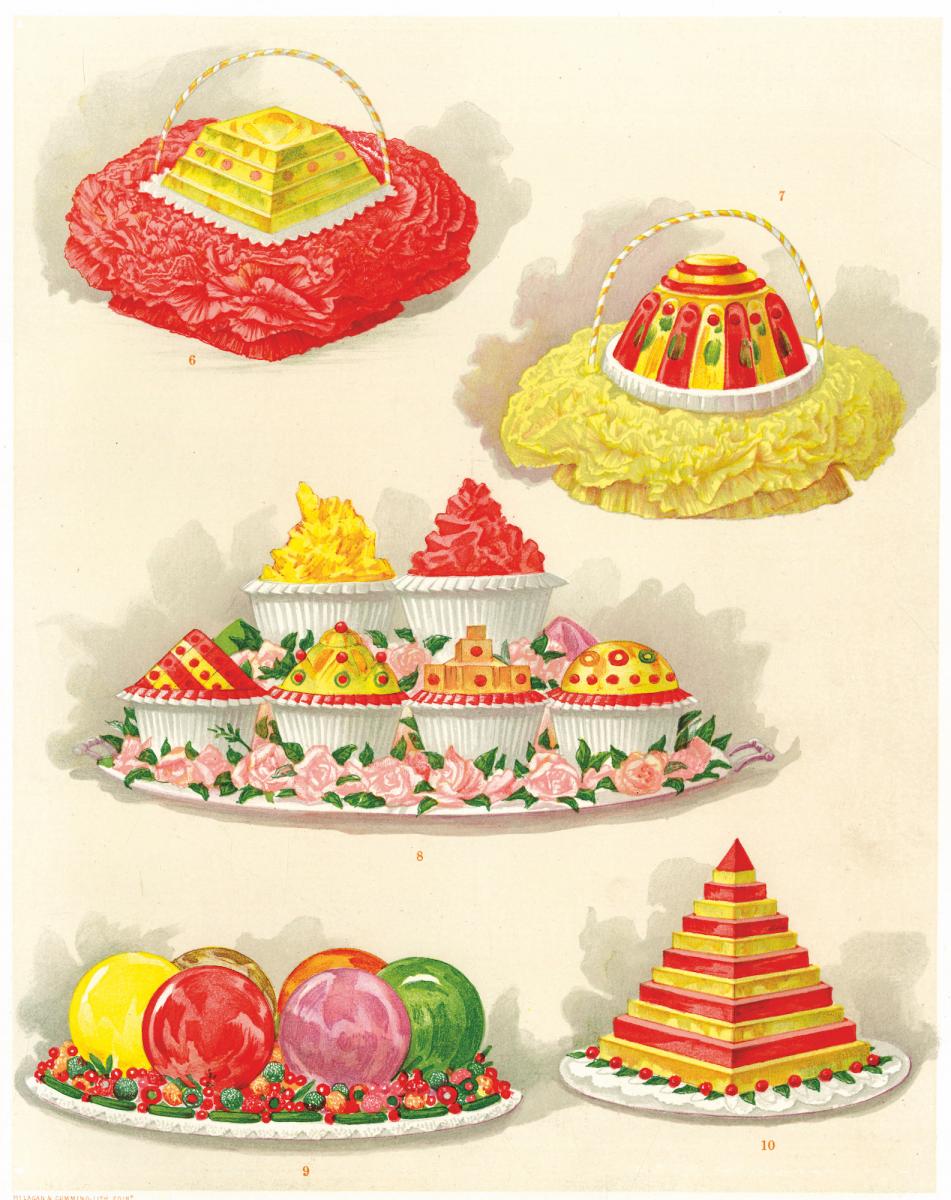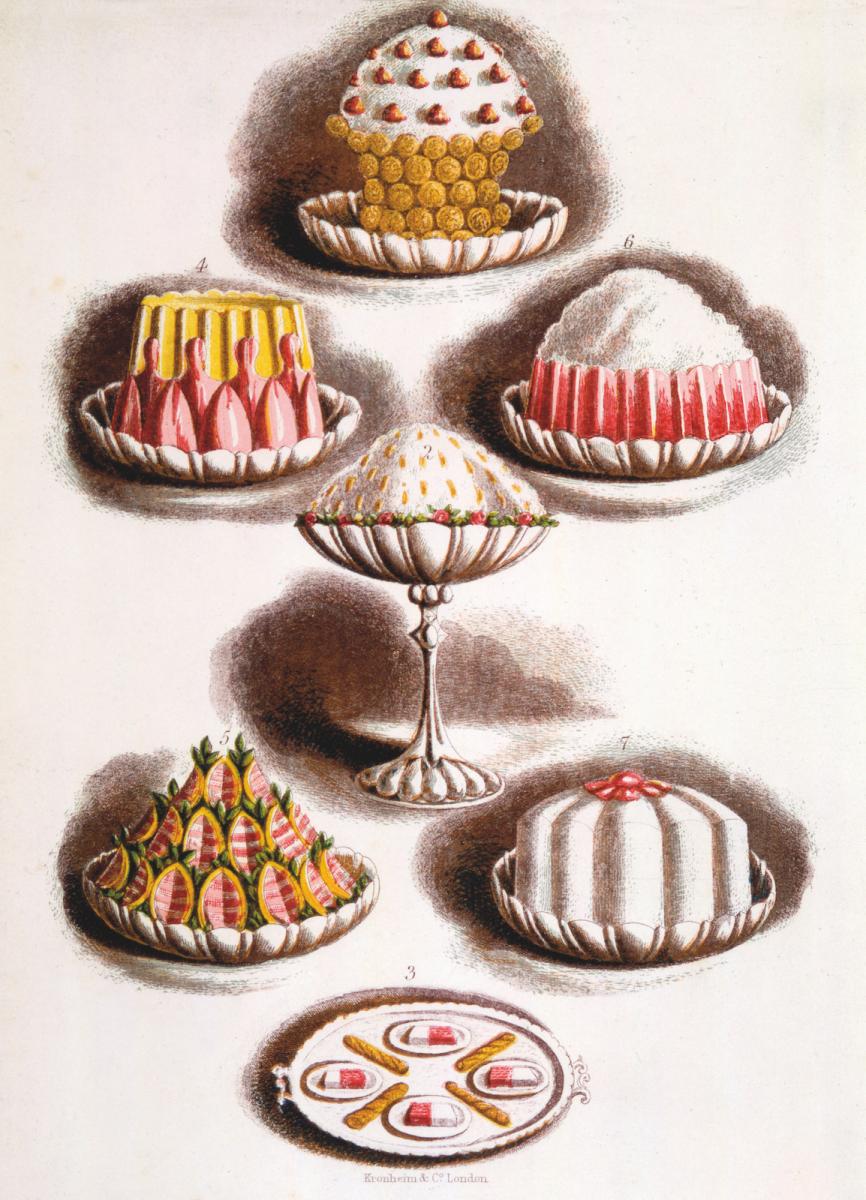This wonderful Cornish workshop and museum is dedicated to the legacy of studio pottery trailblazer Bernard Leach
10 Amazing Facts About Desserts
10 Amazing Facts About Desserts
29 Dec 2021
Food historian and Arts Society Lecturer Tasha Marks reveals 10 facts about the not so humble pudding, to celebrate feasting season

All images courtesy Mary Evans Picture Library
1. The word dessert comes from the French verb desservir, meaning ‘to clear the table’. When dessert first appeared as part of our eating rituals, it was to allow the tables to be cleared for the after-dinner activities; sweetmeats and spiced wines were consumed standing up, away from the table.
2. Early mince pies had actual meat in them. When sugar first came to England in the 12th century it was primarily as a spice and a medicine. For centuries, recipes involving sugar did not have a clear boundary between sweet and savoury.
3. Sugar was so important in the medical practices of the past that the saying ‘like an apothecary without sugar’ meant a state of utter desolation. Sugar was used for everything, from aiding digestion to preserving the body, as it was believed that, as sugar could preserve fruit, it could also protect humans. We now know that’s definitely not true, especially when it comes to teeth.

4. Early confectioners were treated like artists, travelling the world and inventing huge edible dioramas and sculptures in sugar. These early sugar artists must have seemed more like alchemists, spending hours grinding, moulding and transforming sugar into intricate creations that dazzled and enchanted the viewer (and diners) in equal measure.
5. In the 16th century a sugar sculpture made by a famous confectioner could cost as much as an average person’s yearly wage. As a result, sugar sculpture and confectionery were seen as markers of wealth and status throughout the early modern era.
6. Elizabethans used to build whole buildings, called banqueting houses, purely to have dessert in. One banquet in 1590 refers to a dessert raised to such a ‘monstrous ticklish height’ that it nearly touched the ceiling.
7. Historically, jelly wasn’t just a food, it was an artistic medium. There are multiple historical recipes for experimental and extravagant jellies, from jelly planetariums to jelly fishbowls with sugar swans on top.

8. The first printed ice-cream recipe in Europe was part of a medical and cookery manuscript, dated 1651-78, by Lady Anne Fanshawe. Her recipe titled To make Icy Cream suggests the addition of ambergris (a substance produced in the digestive system of sperm whales) or orange flower water, both fashionable ingredients at the time.
9. The earliest English recipe for a sponge cake was by Gervase Markham in his 1615 The English Huswife. To get the aerated texture, the mixture had to be beaten for an hour with a bunch of twigs (the wire whisk wasn’t invented until 1850).
10. In 1840, Queen Victoria’s wedding cake was a single-tier fruit cake that weighed over 21 stone. It had busts of the couple on the top and was covered in pure white icing. Victoria’s choice of a white cake sparked the trend for white wedding cakes, and so the term ‘royal icing’ came into use.
Learn More
This article first appeared in the Winter 2021 issue of The Arts Society Magazine, available exclusively to Members and Supporters
About the Author
Tasha Marks
Tasha Marks is an award-winning food historian and Arts Society Lecturer
JOIN OUR MAILING LIST
Become an instant expert!
Find out more about the arts by becoming a Supporter of The Arts Society.
For just £20 a year you will receive invitations to exclusive member events and courses, special offers and concessions, our regular newsletter and our beautiful arts magazine, full of news, views, events and artist profiles.
FIND YOUR NEAREST SOCIETY
MORE FEATURES
Ever wanted to write a crime novel? As Britain’s annual crime writing festival opens, we uncover some top leads
It’s just 10 days until the Summer Olympic Games open in Paris. To mark the moment, Simon Inglis reveals how art and design play a key part in this, the world’s most spectacular multi-sport competition



